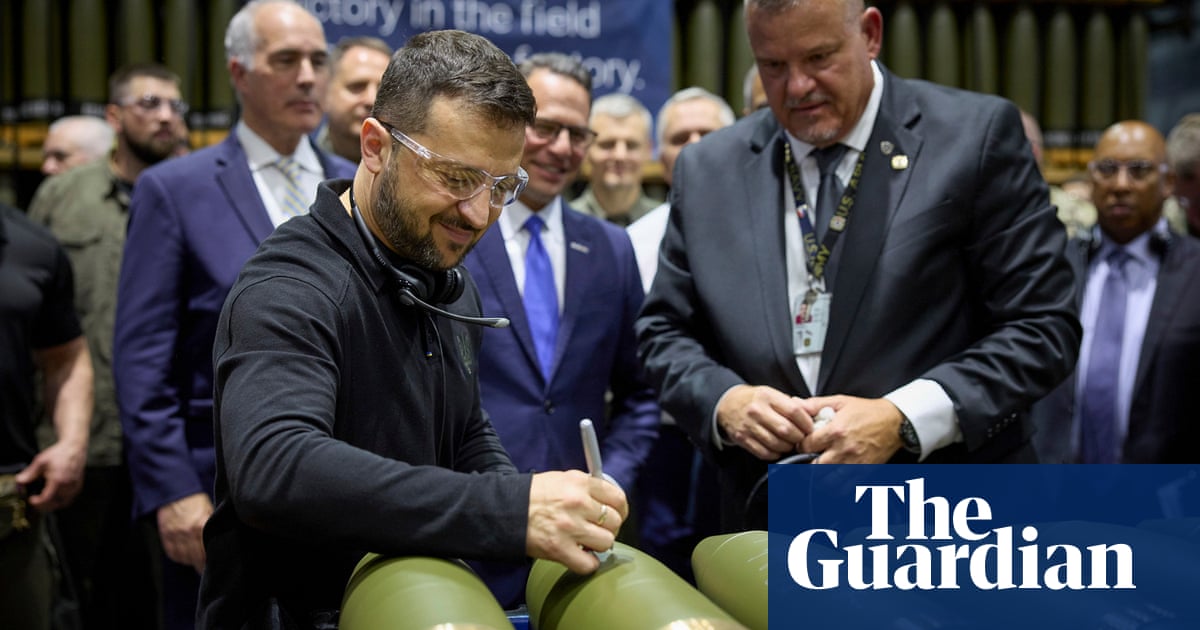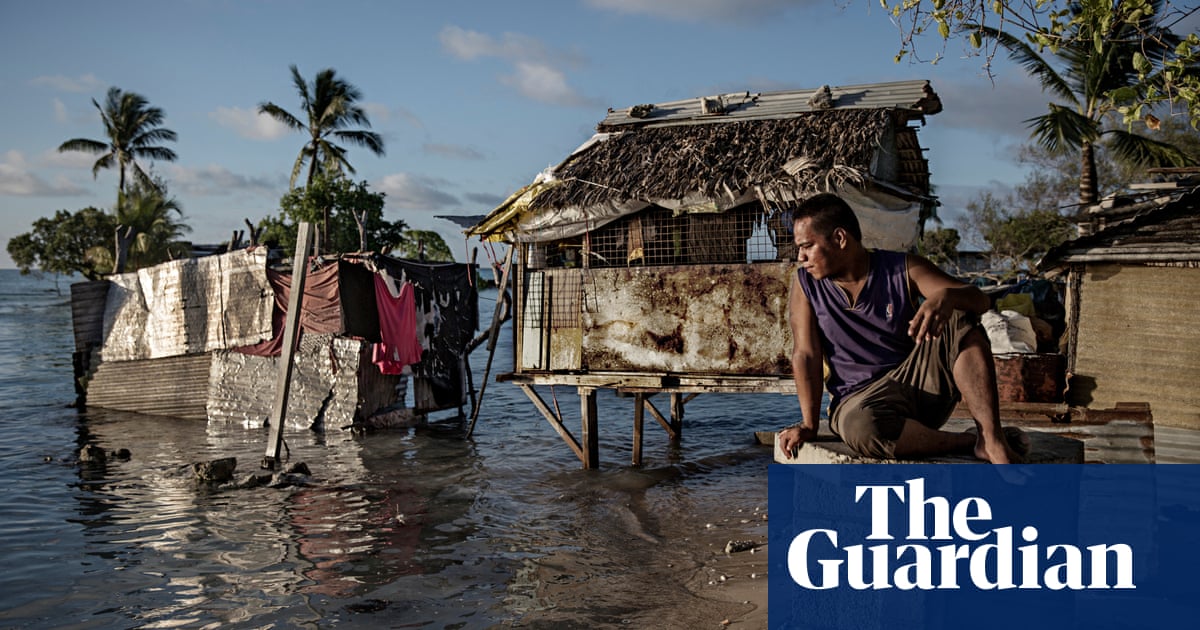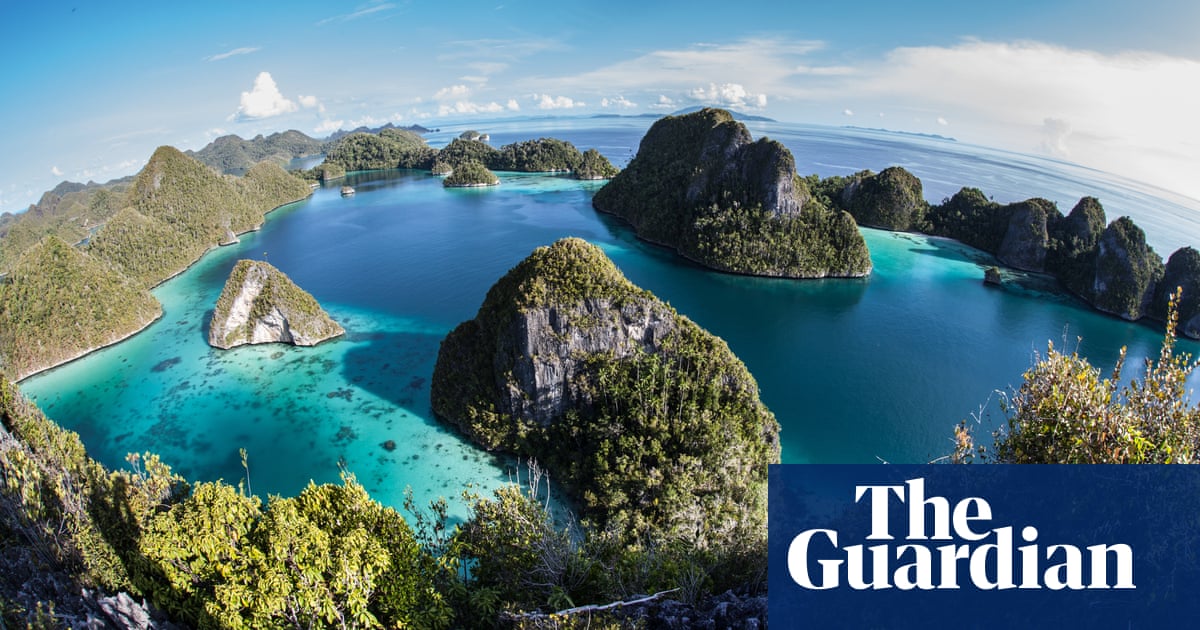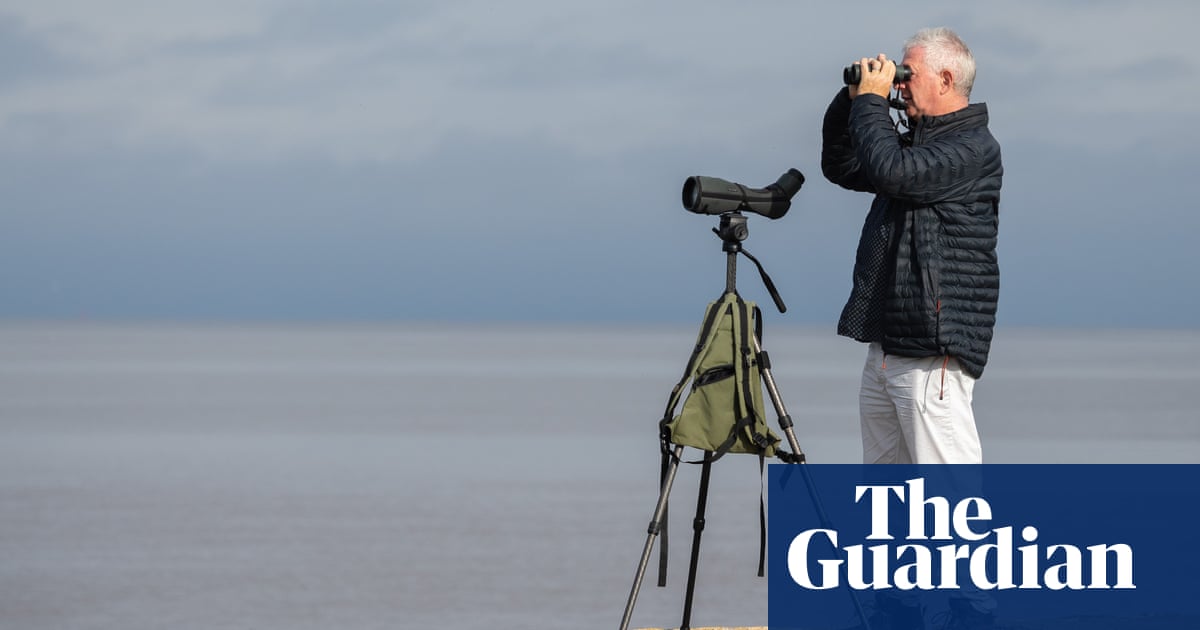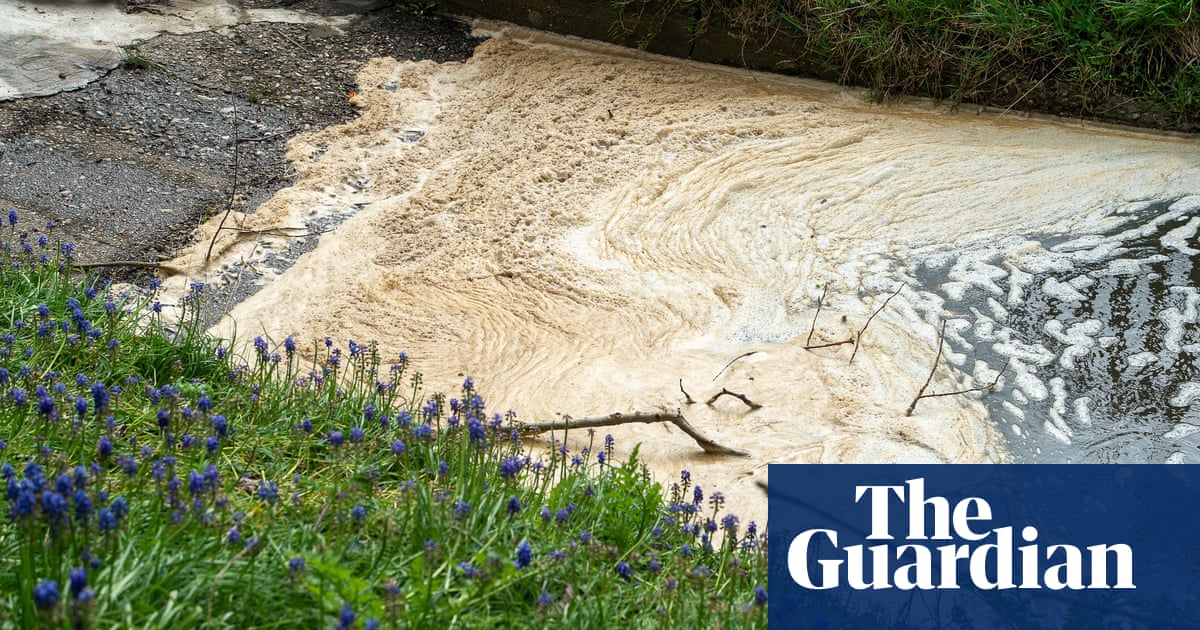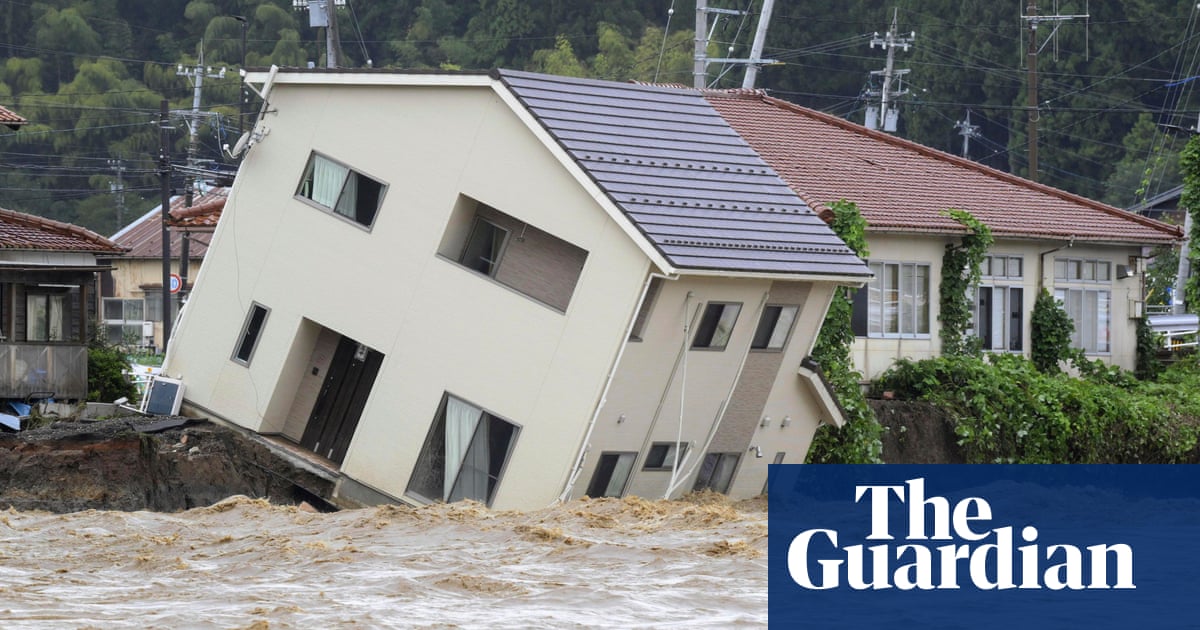Ukrainian President Volodymyr Zelenskyy said he believes the war with Russia is âcloser to the endâ than many believe and called on allies to strengthen Ukraineâs army. In excerpts of an interview with ABC Newsâ Good Morning America, set to be broadcast in full on Tuesday, the president said âI think that we are closer to the peace than we think ⦠We are closer to the end of the war.â He added: âThatâs why weâre asking our friends, our allies, to strengthen us. Itâs very important.â Zelenskyy told ABC that Putin is âafraidâ of Ukraineâs Kursk operation, in which it has taken more than 1,000 square km of Russian territory. Zelenskyy is in the US to attend sessions at the UN general assembly as well as to present a âvictory planâ to US President Joe Biden and presidential hopefuls Kamala Harris and Donald Trump.
After a bipartisan meeting with members of the US Congress, Zelenskyy also said âdecisive action now could hasten the just end of Russian aggression against Ukraine next year.â The US played a âcritical roleâ in protecting freedom around the world, he said in a Telegram post, and praised the US Congress and both main parties for their âunwavering commitment to this causeâ.
His comments came as Republican presidential candidate Trump suggested Zelenskyy wanted Harris to win the November election. âI think Zelenskyy is the greatest salesman in history. Every time he comes into the country, he walks away with 60 billion dollars,â Trump said at a rally in Pennsylvania. âHe wants them [the Democrats] to win this election so badly.â Trump said if he wins the election, he would call Putin and Zelenskyy and urge them to reach a deal to end the war.
Foreign ministers of the G7 major democracies were on Monday to discuss the issue of sending long-range missiles to Ukraine that could be used to hit Russian territory, EU foreign policy chief Josep Borrell said. Speaking to reporters on the sidelines of the UN general assembly, Borrell said it was clear that Russia was receiving new weapons, including Iranian missiles despite Tehranâs repeated denials.
Zelenskiy also held talks in New York with German, Indian and Japanese leaders on Monday trying to shore up support for Kyivâs war efforts. âWe talked about how to make a just peace closer,â Zelenskiy said on his Telegram messaging app after meeting with German Chancellor Olaf Scholz. âThe main thing is to maintain unity.â He said he had discussed energy aid with Japanese prime minister Fumio Kishida, and that Delhi and Kyiv were âdynamically developingâ their relations after a meeting with prime minister Narendra Modi.
Jails controlled by Russia are deliberately withholding medical care for Ukrainian prisoners, with doctors in one prison even taking part in what it called âtortureâ, according to a commission mandated by the UN rights council. The commission, set up by the Human Rights Council to investigate violations in Ukraine since Russiaâs invasion, had already concluded that Moscowâs occupying forces were using torture âsystematicallyâ. But in his oral report to the council, commission chair Erik Mose said torture had become a âcommon and acceptable practiceâ, with Russian authorities acting with âa sense of impunityâ.
A UN-backed human rights expert monitoring Russia decried on Monday increased violence in the country caused by former prisoners who have their sentences shortened or pardoned to fight in Ukraine and then return home. Mariana Katzarova said the return home to Russia of former criminals who have had their legal slates wiped clean is adding to more domestic violence. Katzarova said an estimated 170,000 convicted violent criminals have been recruited to fight in Ukraine. âMany of them who return â and this is an emerging trend â have been perpetrating new violent crimes to begin with against women, against girls, against children, including sexual violence and killings,â she said in Geneva.
Katzarova also said the rights situation inside Russia had become âmuch worseâ over the past year amid a tightening âstate-sponsored system of fear and punishmentâ. âNobody is safe,â Katzarova said. Already a year ago, the independent expert said repression had hit unprecedentedâ levels. But the quashing of dissent had intensified since then, Katzarova warned.
Ukraine accused Russia at an international court on Monday of flouting sea law by trying to keep the Kerch Strait between mainland Russia and annexed Crimea under its sole control. Kyiv began proceedings at The Hague-based intergovernmental Permanent Court of Arbitration in 2016 after Moscow began building the 19 km (12 mile) Crimea Bridge link to the peninsula it seized from Ukraine two years previously. The bridge is crucial for the supply of fuel, food and other products to Crimea, where the port of Sevastopol is the historic home base of Russiaâs Black Sea Fleet, and became a major supply route for troops after Moscowâs full-scale invasion in 2022.
Russian forces launched the latest of a series of strikes on Ukraineâs southeastern city of Zaporizhzhia on Monday evening, killing one person, regional governor Ivan Fedorov said. A city official, quoted by public broadcaster Suspilne, put the injury toll at five, including a 13-year-old girl. Strikes on the city earlier in the day and the previous night wounded at least 23.
Ukrainian shelling killed three people, including a child, in the Russian border village of Arkhangelskoe, the provincial governor said Monday. âThe village came under shelling by the Ukrainian armed forces. Two adults and a teenager were killed by the enemy strike,â Belgorod governor Vyacheslav Gladkov said in a post on Telegram.
Russia will not test a nuclear weapon as long as the United States refrains from testing, President Vladimir Putinâs point man for arms control said on Monday after speculation that the Kremlin might abandon its post-Soviet nuclear test moratorium. âNothing has changed,â deputy foreign minister Sergei Ryabkov, who is in charge of Russian arms control policy, told Russian news agencies about the speculation that a nuclear test could be Russiaâs answer to missile strikes deep into Russia.
Russiaâs Sarmat intercontinental ballistic missile â known in the west as Satan II â appears to have suffered a âcatastrophic failureâ during a test launch, according to analysis of satellite images. The images captured by Maxar on 21 September show a crater about 60 metres wide at the launch silo at the Plesetsk Cosmodrome in northern Russia. They reveal extensive damage that was not visible in pictures taken earlier in the month.
